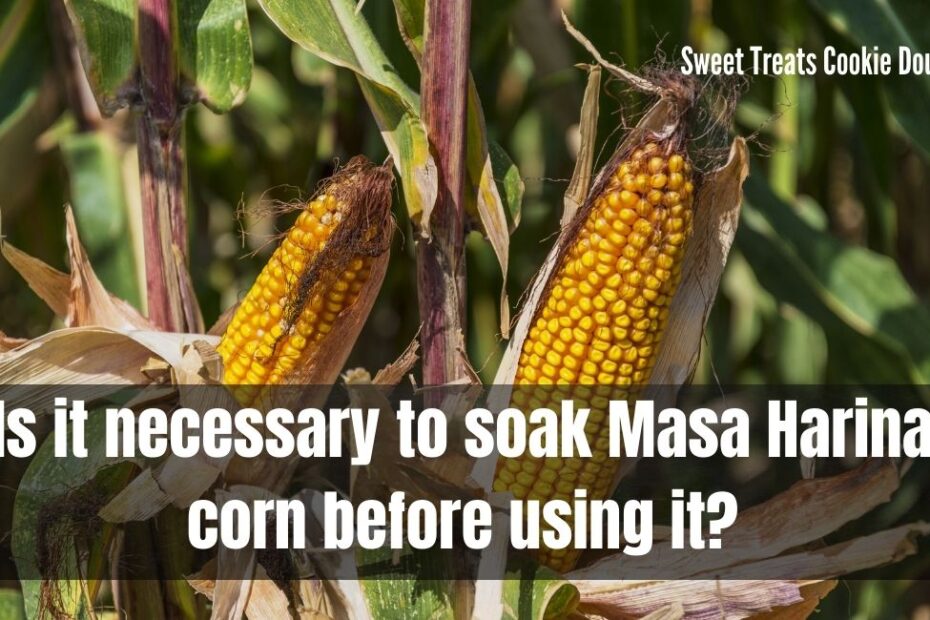Whether masa harina cornflour that has been prepared with lime by the maker needs to be soaked at home before being used in traditional Mexican meals is discussed in detail.
Masa harina is a type of flour that is commonly used in Mexican cookery. It is a type of gluten-free yellow, white, or blue maize flour that is used to make tortillas and tamales, among other things, among other things.
Masa harina is created by soaking dried flint corn kernels in limewater or another alkaline liquid, then milling the resulting flour. This form of food preparation is called as nixtamalization, and it has been practiced by traditional Native American tribes as as early as 1500 B.C. It is a method of food preparation that has been documented as far back as 1500 B.C.
This critical process allows the vitamin content of the maize to be released. Vitamin B3, often known as niacin, which is a crucial component for detoxifying, becomes more accessible as a result. It is essential for persons who rely on corn as a regular food to get enough of this nutrient in order to avoid the often painful and unattractive condition known as pellagra.
After being treated with lime, the kernels are dehydrated and ground to a fine powder in a fine-grade mill to produce quick flour.
Soaking Masa Harina in water?
Due to the fact that masa harina has already been treated with lime, some may question if it is still essential to soak the cornflour before to boiling.
The answer is yes and no at the same time!
Using Limewater to Soak is Not Recommended.
In contrast to maize meal or normal corn flour, you do not need to soak masa harina in limewater prior to using it. This is due to the fact that the product has previously been prepared with an alkaline solution (often limewater) by the producer before being sold.
DON’T Soak in an Acidic Medium
But you must still soak the masa harina for at least 30 minutes in a somewhat acidic medium such as buttermilk or yogurt or kefir, or clabbered sour milk, before using it. Water mixed with lemon juice or liquid whey are two nondairy alternatives. Corn’s phytates will be deactivated as a result of this, allowing for optimal digestion and preventing gastrointestinal discomfort.
So maize is unique among cereals in that it requires both an alkaline and an acidic-based soak to be properly prepared for consumption. The steps of making soaked cornbread are outlined in this recipe.
Masa Harina vs. Cornmeal: Which is better?
In order to create a dish that is as digestive and bioavailable as possible, substituting masa harina for cornmeal or normal cornflour in recipes will not ultimately save time and effort by eliminating the need to soak the ingredients.
The only way to completely skip this step is to make use of sprouted cornflour (such as this brand).
Sprouting has the dual aim of releasing vitamins while also removing antinutrients from the food.
This article on soaking versus sprouting grains provides additional information and context to examine in order to assist you in determining which approach to use in your own kitchen!
Personally, I believe that soaking the corn results in a more acceptable texture in the finished dish. The stomach finds it to be a piece of cake as well. Only use maize that has been certified as organic and non-GMO to avoid cross-contamination, which is a common concern in corn crops today, according to the USDA.
Do you cook using masa harina at your house? What do you do with it and what dishes do you make with it?
